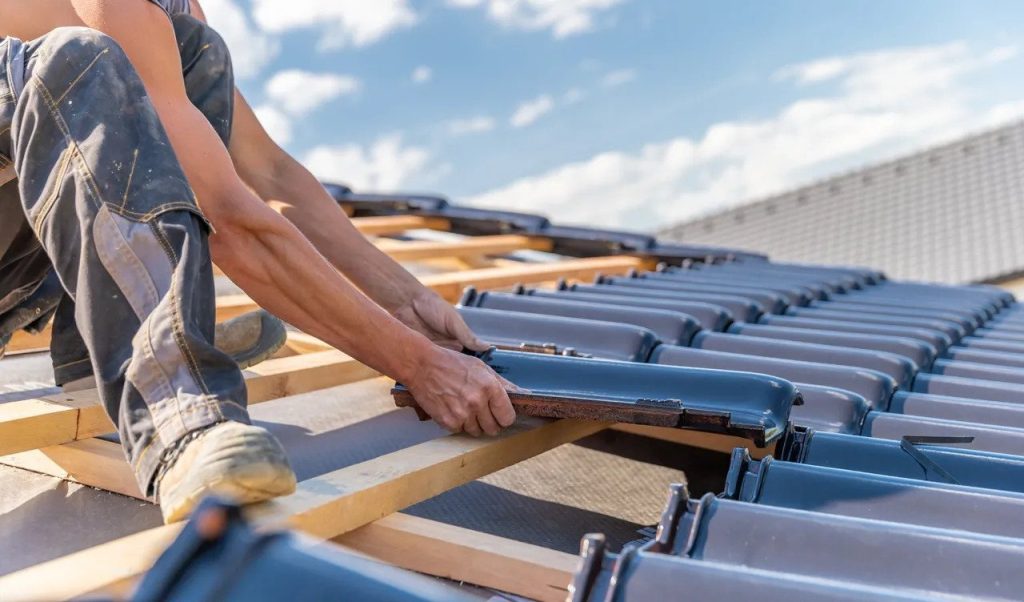Choosing the right roofing material for your home is a critical decision that can significantly impact its aesthetics, durability, and overall value. With a variety of options available, it is essential to consider several factors before making a selection. The first step is to assess the local climate and weather conditions. For instance, areas prone to heavy snowfall may benefit from materials that can withstand substantial weight, such as metal or slate, while regions experiencing extreme heat may require reflective materials that help regulate temperature, such as clay tiles or cool roofing systems. Next, consider the architectural style of your home. The roofing material should complement the overall design and enhance the curb appeal. Traditional homes might look best with classic asphalt shingles or wood shakes, while modern designs could be suited for sleek metal roofing or flat roofing systems. Additionally, it is vital to think about the lifespan of the material. Investing in a long-lasting material may offer better value in the long run, despite a higher initial cost.

Cost is another significant factor in choosing roofing materials. While it is tempting to opt for the least expensive option, it is essential to consider long-term costs, including maintenance, energy efficiency, and potential replacement. Asphalt shingles are often the most affordable upfront but may require more frequent replacements, while materials like metal and slate have higher initial costs but can save money over time due to their durability and lower maintenance needs. It is wise to obtain estimates from multiple suppliers and contractors to compare the costs of different materials, including installation. The energy efficiency of roofing materials should also be a priority. Reflective materials can help reduce cooling costs in warmer climates, while well-insulated materials can improve energy efficiency in cooler regions. Consider options with Energy Star ratings, as these can offer significant savings on energy bills and contribute to a more sustainable home. Additionally, local building codes and regulations may dictate certain requirements or restrictions on roofing materials, so checking with your local authorities before making a final decision is crucial.
Sustainability is becoming increasingly important for homeowners. Many are looking for eco-friendly roofing materials that not only reduce their carbon footprint but also promote green living. Options such as recycled metal, clay tiles, and even living roofs which incorporate vegetation can be excellent choices for environmentally conscious homeowners. These materials not only enhance the aesthetic appeal but also provide insulation and can help manage stormwater runoff. Finally, it is essential to engage with a qualified roofing contractor like Davenport roofing contractors. They can provide valuable insights based on their experience and expertise, helping you weigh the pros and cons of various materials in relation to your specific needs and local conditions. A professional will also ensure proper installation, which is crucial for the longevity and performance of your roofing system. Proper ventilation and insulation during installation can significantly extend the life of your roof and improve your home’s energy efficiency. In summary, choosing the right roofing material involves careful consideration of various factors, including climate, architectural style, cost, energy efficiency, sustainability, and professional advice.




